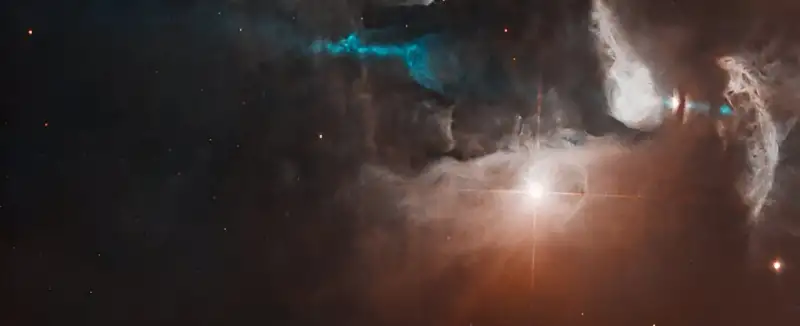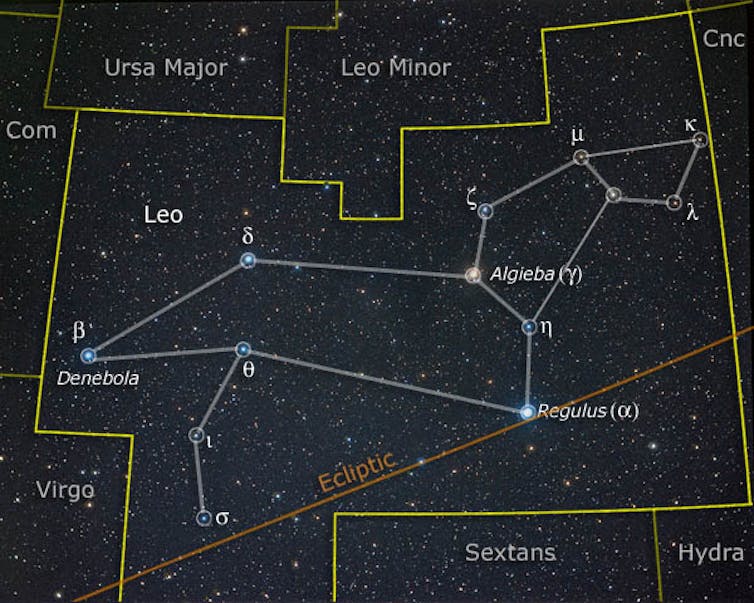Unfortunately I could find no information about the star driving HH 30. HH 111 is another matter. According to Wikipedia, The HH 111 driving force is a 25 L
☉ class 1 protostar, so, in other words, it is 25 times brighter than the Sun. Already! Very young stars are always a bit faint, and they grow brighter over time. The protostar driving HH 111 is as bright as Sirius already, but Sirius is a mature star, whose age
according to Wikipedia is some 240 million years. So what about the age of HH 111 and its protostar?
Wikipedia wrote:
HH 111 is about 1300 light years (400 parsec) distant from earth and the central source is IRAS 05491+0247, also called VLA 1.[2] This source is the driving source of the jets and it is a class I protostar with a luminosity of about 25 L
☉. This protostar is embedded in a 30 M
☉ cloud core.
The dynamical age of the complex is only 800 years.
800 years!

Okay, that must refer to the Herbig Haro jets, not to the protostar itself, IRAS 05491+0247, which must be way older. But my guess is that the protostar is no older than a million years, making it ~ 250 times younger than Sirius.
And it is definitely more massive than the Sun! If you ask me, due to its brightness, it can't be less than 2 solar masses. It could well be more. It may or may not be a future Regulus, alpha star of constellation Leo. Regulus is almost 4 solar masses and over 300 times as luminous as the Sun, so maybe protostar IRAS 05491+0247 is not - or will not become - that massive.
But surely IRAS 05491+0247 must be - or will become - a Herbig Ae/Be star!
Wikipedia wrote:
A Herbig Ae/Be star (HAeBe) is a pre-main-sequence star – a young (<10 Myr) star of spectral types A or B. These stars are still embedded in gas-dust envelopes and are sometimes accompanied by circumstellar disks.[1] Hydrogen and calcium emission lines are observed in their spectra. They are 2-8 Solar mass (M☉) objects, still existing in the star formation (gravitational contraction) stage and approaching the main sequence (i.e. they are not burning hydrogen in their center).
For comparison, FS Tau is 0.03 times as luminous as the Sun, while IRAS 05491+0247 is, as I said, 25 times more luminous than our own dear Sol! No wonder the jets of IRAS 05491+0247 are so impressive!
HH 24 is even more impressive-looking than HH 111. Unfortunately, I have found no information about the properties of the protostar driving these jets.
Ann







